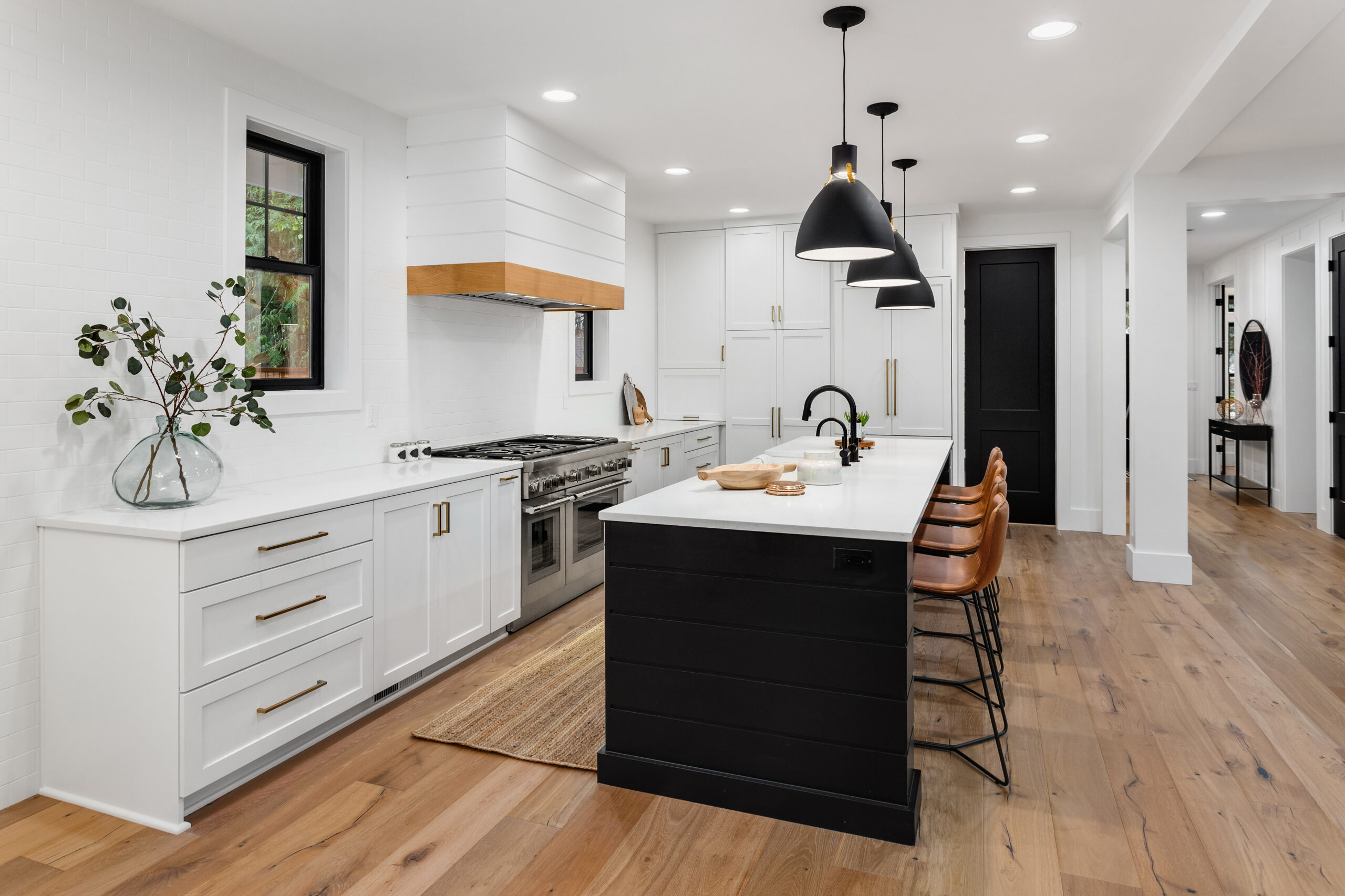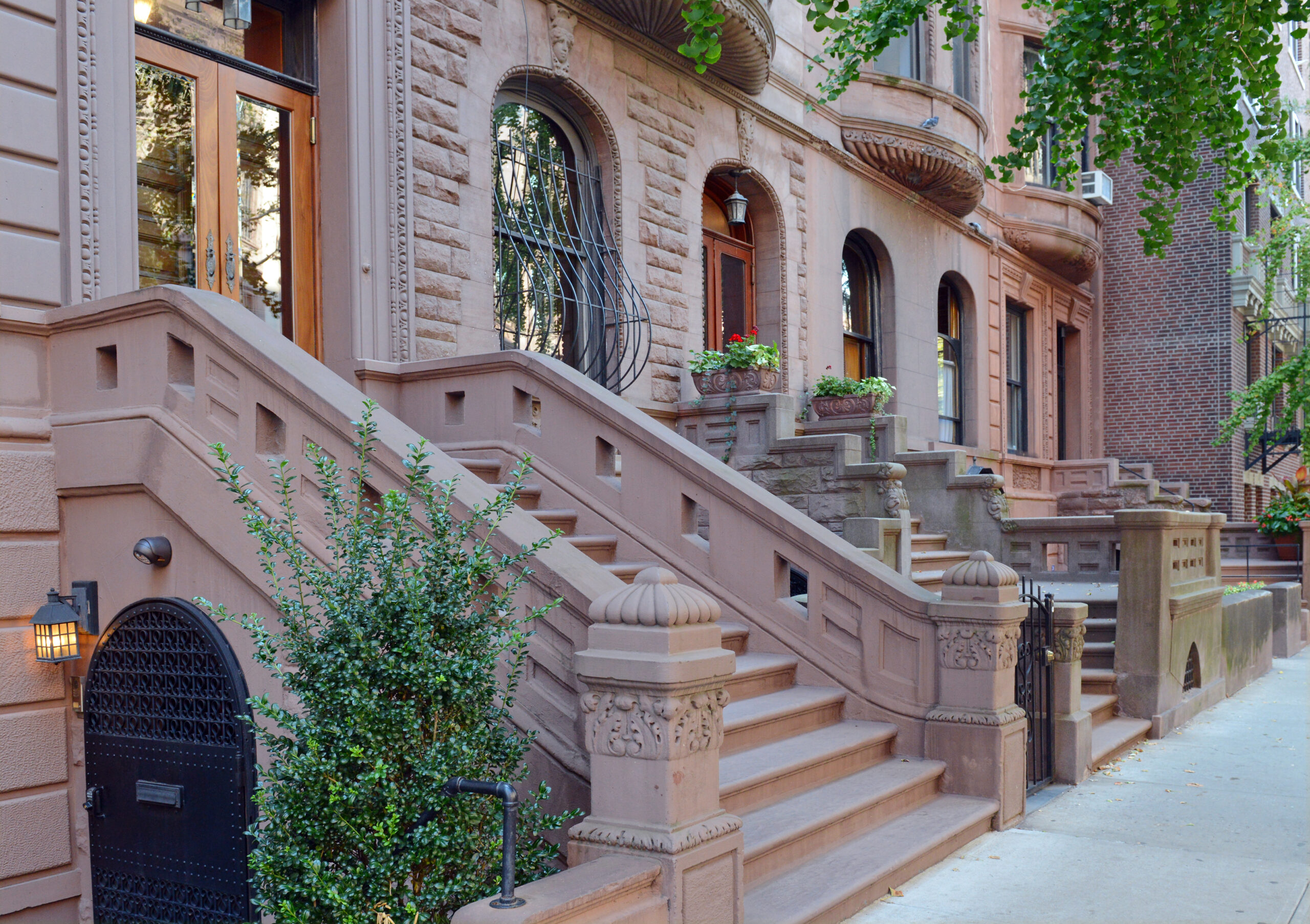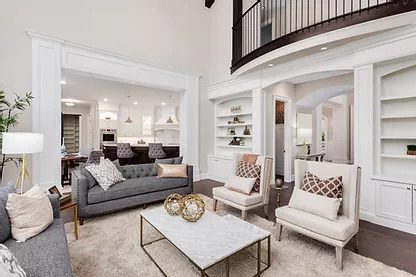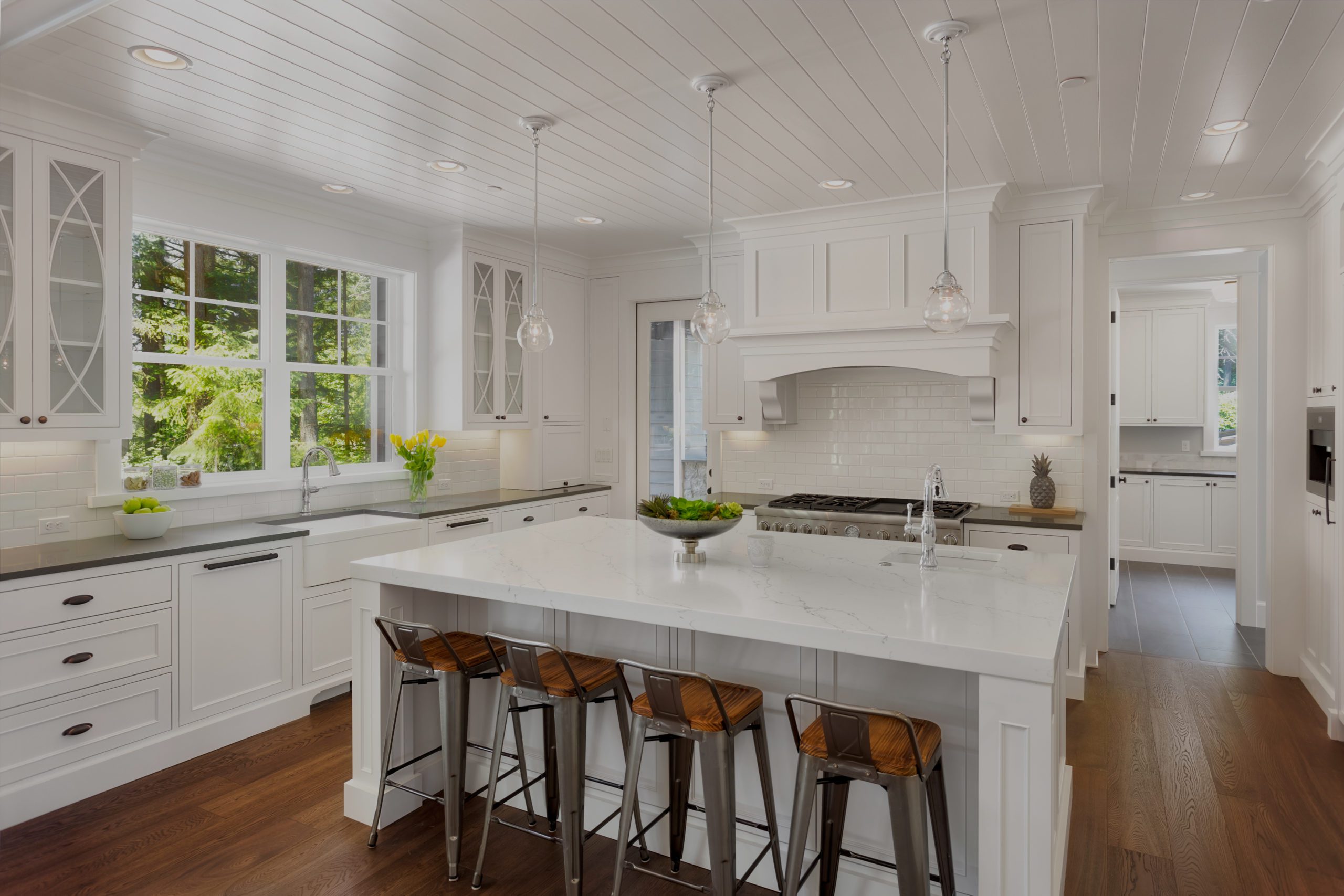Staying on Budget when Remodeling your Home
Why do remodeling projects go over budget so often? Each scenario may be different, but more often then not, it’ll be a result of the excitement that takes over, once you start upgrading your home and the realization and discovery that there is an abundance of possibilities. You rationalize that you’re making decisions about fixtures, tiles, and other design elements that you are planning to be living with for years to come.
So, when you come across a slightly more appealing, pricier item, such as a back-splash tile, fixture, or door handle, you find yourself analyzing in a cost vs. benefit way (if I spend another $25 on each fixture, which I will enjoy for 10+ years, then in reality it is less than $25 over that span of time…) and ultimately settle for the more expensive product.
Unfortunately, we all know these accumulating costs add up quickly. By not having a good technique for organizing and keeping track of change orders, you can easily fall short of keeping good record on just how much you are exceeding your budget. This pattern of constantly going over budget isn’t the fault of your contractor or of poor planning, but rather, it’s more likely to be a result of the reality that home remodeling is not as much defined as a “finished product” but more of a “manufactured product”. Think of this, if you purchase a dress that’s in stock in the store, the price listed is the price you pay. But if you were having a dress custom designed and tailor-made for you, you would likely make minor adjustments/changes along the way that would result in an increase in price. Think of your home like a custom-made dress.
So, what can you do to prevent the build-up of added costs? The most evident answer is to create a budget and stand by it as best you can throughout. Consider that in the average remodel, there can be nearly a hundred items or even more that you could improve and adjust, and if you go forward with even half of them, you could easily double your initial budget, or more.
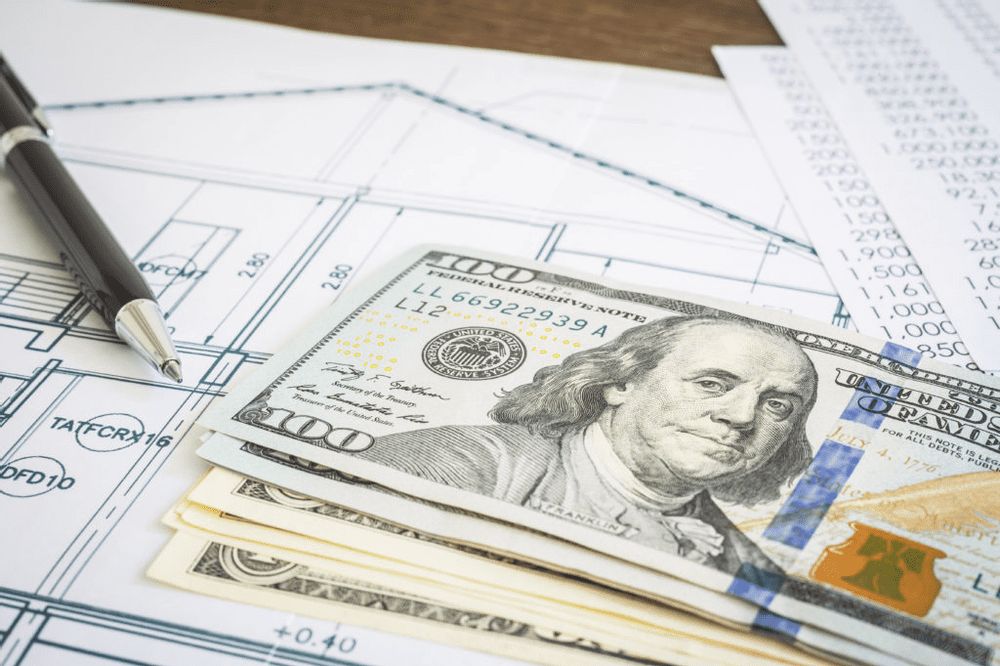
Another significant part is to diligently manage your change orders. A change order means more than simply signing a document and paying the cost difference for different fixtures, for instance. If you are continuously changing your mind, it will also mean wasted time sourcing the materials, as well as money spent purchasing, storing, and then returning the originals. When you shop for a dress and return it, it costs you nothing essentially, but with remodeling, there is a lot more to it, it may mean, for example, disconnecting and removing fixtures and ordering new materials, plus storage and administration. In other words, the actual process of changing your mind is costing you money.
Lastly, avoid accepting a bid that isn’t properly detailed and planned out. If you choose a bid that lacks detail and clarity, it is likely that you’re going to wind up paying more and more as decisions are being made on the spot as you go. Because this approach is extremely inefficient and unnecessarily costly, it’s usually better to go with the contractor that has provided the most detailed and accurate bid, even if he handed you a higher price.This is your blog post. Blogs are a great way to connect with your audience and keep them coming back. They can also be a great way to position yourself as an authority in your field. To edit your content, click Manage Blog. From the Dashboard, you can edit posts and also add brand new posts with ease.

7 Trendy Bathroom Design Ideas for Modern NYC Homes
7 Trendy Bathroom Design Ideas for Modern NYC Homes [...]
How Much Does It Really Cost To Remodel Your Kitchen in NYC?
A Comprehensive Guide to Residential Kitchen Remodels in New [...]
How Much Does It Really Cost To Remodel Your Bathroom in NYC?
Exploring Residential Bathroom Remodels in New York City: Factors [...]
4 Tips from the Pros About Choosing Grout Color
4 Tips from the Pros About Choosing Grout Color [...]
What Kind of Paint Is Best For a Bathroom, According to the Experts
What Kind of Paint Is Best For a Bathroom, [...]
Interior Renovation Ideas to Expand Small Spaces
Interior Renovation Ideas to Expand Small Spaces f you live [...]
Exterior Renovation Ideas for Your Home
Exterior Renovation Ideas for Your Home There are many [...]
6 Reasons To Remodel Your Home in NYC
6 Reasons To Remodel Your Home in NYC Remodeling your [...]
Steps to Remodeling Your Home: Where Should You Start?
Steps to Remodeling Your Home: Where Should You Start? Do [...]
The Benefits of Hiring an Interior Designer for Your Home Renovation
The Benefits of Hiring an Interior Designer for Your Home [...]
Renovating the Perfect Cape Cod Kitchen
Renovating the Perfect Cape Cod Kitchen Classic Cape homes offer [...]

